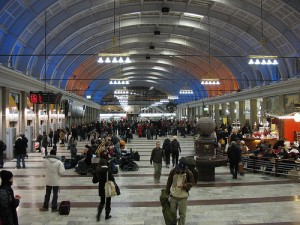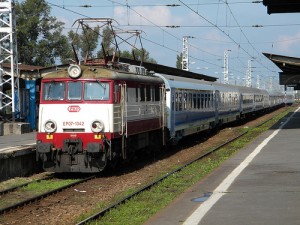Germany’s capital is filled with historical sites, interesting museums, good shopping and excellent bars and clubs. Seeing Berlin in only three days can be an adventure but you will be able to hit at least the most important sights.
Itinerary assumptions:
- fly directly into Berlin
- stay in a budget hotel or hostel located close to the main sites (main even in Alexanderplatz)
- make use of the public transportation (underground, bus, tram) and use the trains for the day trip; a day card (€ 6.80) is valid for trips to Potsdam, too
- if you are comfortable cycling, then you can rent a bike during your stay in Berlin and make use of the many cycling paths available
Sample prices:
- Return flight: London – Berlin – London : Aug 10 – Aug 13 , from €120 (Ryanair, Easyjet)
- Return flight: Paris – Berlin – Paris: Aug 10 – Aug 13 , from €131 (Lufthansa)
- Accommodation: from €43 per person (3 nights in 8-bed dorm); from €156 / 2 persons / 3 nights in twin room with private bathroom
Day 1

Start your first day in Berlin with a free walking tour (details here ). It starts at the Brandenburg Gate, in front of Starbucks daily at 9 a.m. , 11 a.m., 1 p.m. and 4 p.m. The tour visits the Reichstag, the Berlin Wall, Checkpoint Charlie and Museum Island (among others). Get to Brandenburg Gate before the beginning of the tour so that you can visit it (it’s free).
Now that you have an idea where the main sights are located and how to get to them, it’s easier to plan the rest of your stay. Take a lunch break on Museum Island (where the tour ends) and then visit some of the museums. Pergamonmuseum features interesting collections of Greek and Roman relics and is considered the best museum in the city.
Finish the day in the Mitte district. Have dinner and try some of the clubs and bars.
Day 2
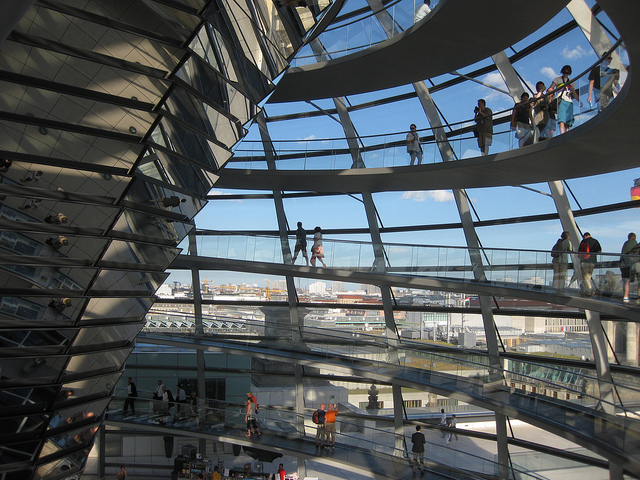
Start the day by seeing the city from above. The Reichstag has a glass dome which can be climbed. Be aware that you need to register on their website for such an experience (details here ) . There’s also a rooftop restaurant so if you don’t mind splurging a bit, you can enjoy a coffee or lunch with great views of Berlin.
Now it’s time to go to the Zoo. It’s the biggest in Europe and even if you don’t care much for seeing the animals, taking the tram to there will show some lovely sights and the time spent in the nature is a good change.
Alternatively, you can pack a picnic basket and head to Tiergarten, the largest park in Berlin. Then, for some interesting shopping head to Kurfürstendamm , which is filled with international chains.
In the evening, go to the Friedrichshain district. Have dinner and check out the bars and clubs in the area.
Day 3

Don’t leave Berlin without taking an in-depth look at the Berlin Wall… or better said at its most interesting part. In the Friedrichshain district, there’s the Eastside Gallery, named so because of the graffiti which now beautify the wall.
Head to Wannsee area for lunch and spend the afternoon here. The mad-made lake is an activities hub during summer. Soak up the sun and do some people watching.
Alternatively, you can visit the Memorial to the Murdered Jews in Europe and its information center. And then visit Berliner Dom, the most impressive church in the city.
Alternative Day 3
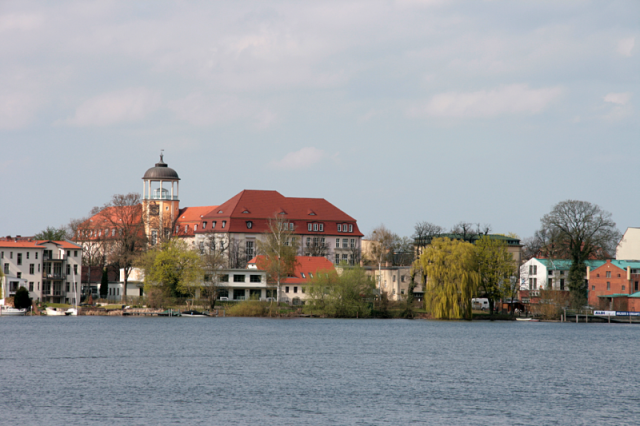
Another option is to plan a day trip to Potsdam. Head to the train station, board the next available one and spend a day visiting this interesting city. There are walking tours available (such as this one ) . You get to see the old city palace , an interesting bridge and learn a lot about the city’s history.
>>read more about the Things to do in Berlin
Photo credits: Brandenburg Gate , Glass Dome , Berlin Wall, Potsdam
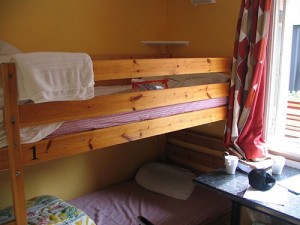
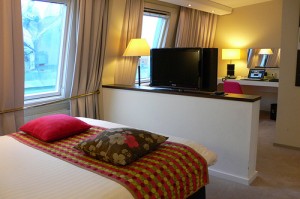
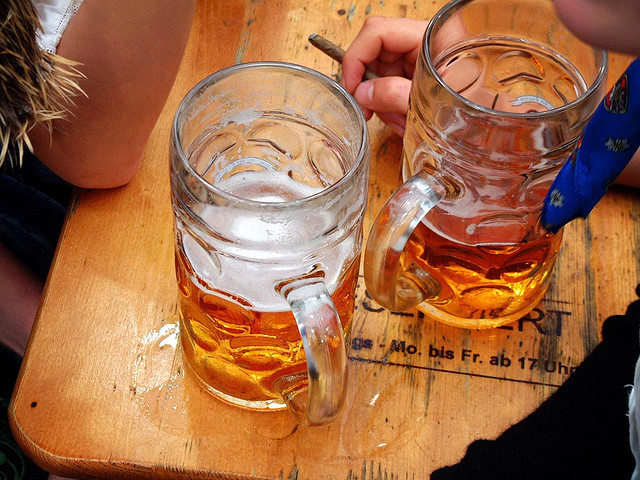
 There are currently 14 large tents at Oktoberfest. Here is a list of some of these
There are currently 14 large tents at Oktoberfest. Here is a list of some of these  The capital of Sweden,
The capital of Sweden, 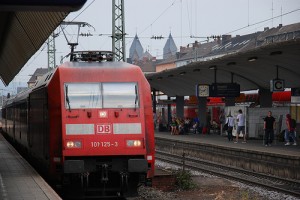 Heidelberg is a very important travel destination in Germany and is located in the Neckar River valley. It is home to the oldest university in the country. After World War II the city came out almost untouched by the bombs, so it retains the baroque charm of narrow streets and castle ruins.
Heidelberg is a very important travel destination in Germany and is located in the Neckar River valley. It is home to the oldest university in the country. After World War II the city came out almost untouched by the bombs, so it retains the baroque charm of narrow streets and castle ruins. 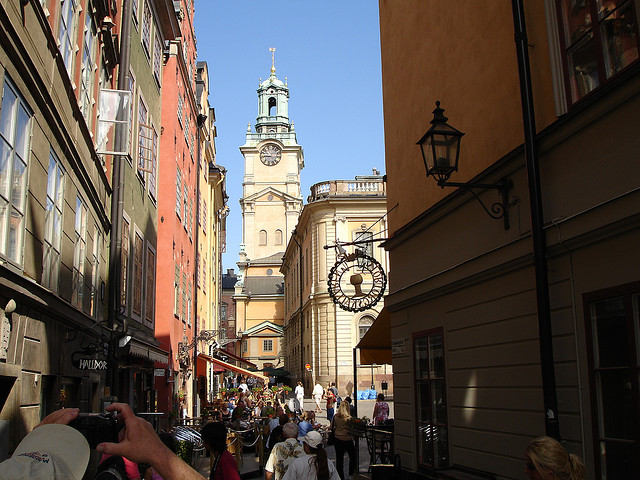





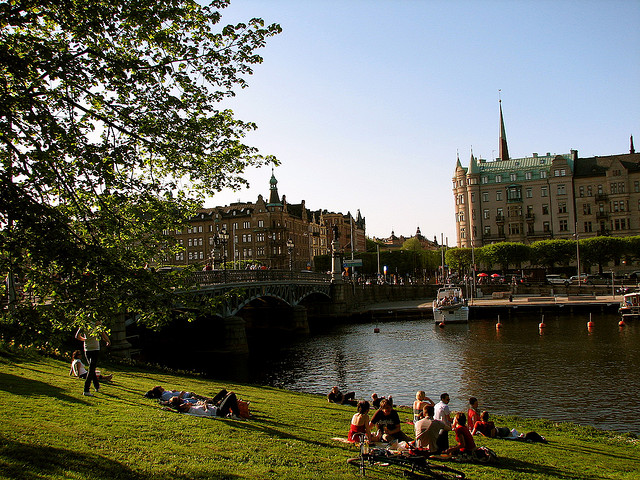


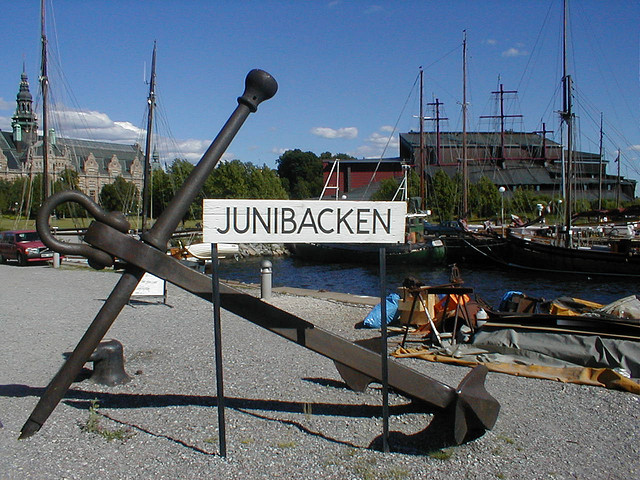

 Dusseldorf is located on the River Rhine and is famous for its nightlife, shopping and events. It is also home to Düsseldorf International Airport (DUS), the third largest airport in Germany. Also, Airport Weeze (NRN) serves the city and is used by European low cost carriers. Many travelers choose to fly here and then connect to the rest of Germany rather than flying into the larger Frankfurt or
Dusseldorf is located on the River Rhine and is famous for its nightlife, shopping and events. It is also home to Düsseldorf International Airport (DUS), the third largest airport in Germany. Also, Airport Weeze (NRN) serves the city and is used by European low cost carriers. Many travelers choose to fly here and then connect to the rest of Germany rather than flying into the larger Frankfurt or 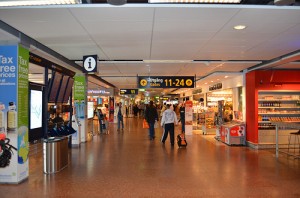 Copenhagen is the capital of Denmark , known for the good shopping, excellent nightlife an interesting sights.
Copenhagen is the capital of Denmark , known for the good shopping, excellent nightlife an interesting sights. 